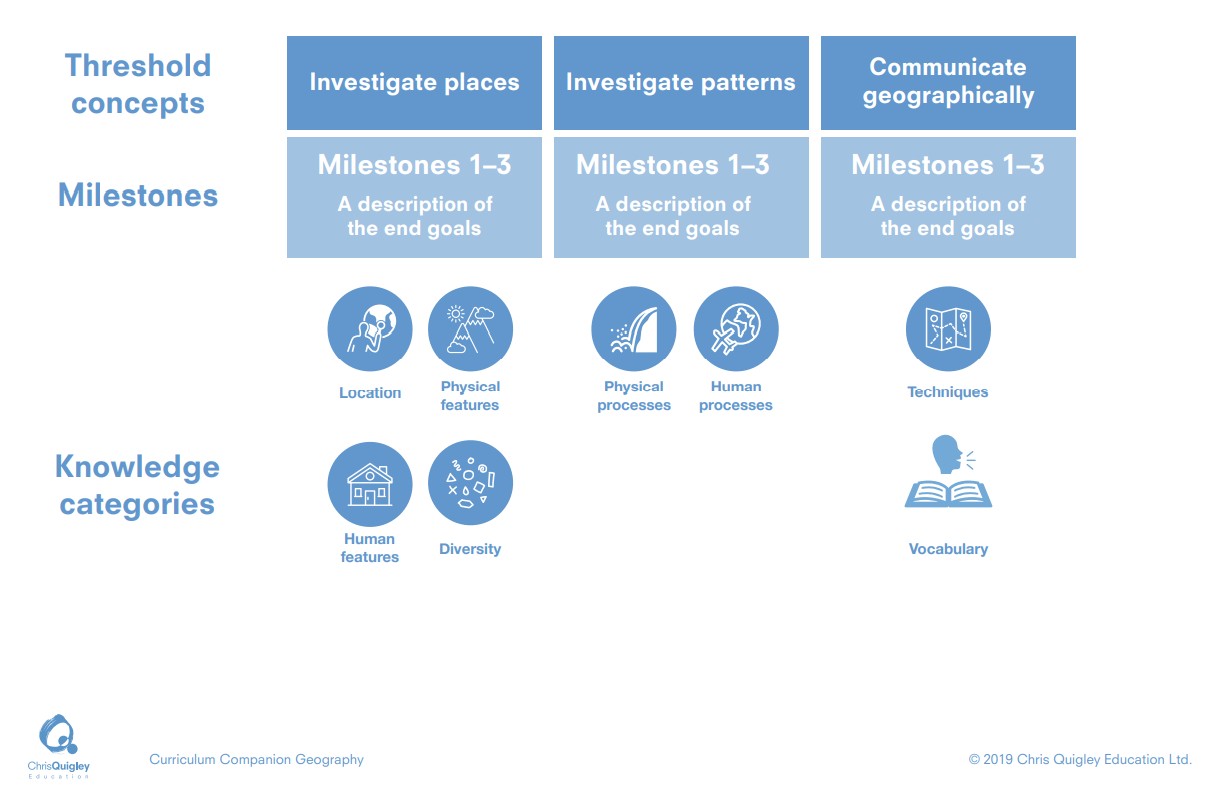Geography
Geography Subject Lead Statement: Helen Walters
Geography is a subject that is packed with excitement and wonder. It helps children gain a better understanding of our world’s people, places and environments and the interactions between them. Geography helps children to understand how and why places are changing and to better imagine, predict and work towards what the future may hold. Underpinning all of this is strong spatial awareness that deepens our understanding of what places are like, why and how they are connected.
This vision of geography is what our Geography curriculum at Laurel Avenue is built around. Through our carefully tailored curriculum, children will develop into explorers. We aim to excite children about the possibilities of what the world has in store for them to explore and experience. Children should leave primary school with a sense of their place in the world, both culturally and physically, and a desire to enquire into the world around them.
As the Geography subject lead, I work with teaching staff to develop, deliver and monitor a curriculum that we believe is relevant to our pupils and one that they will enjoy. I have vivid memories of field trips to Wales and carrying out geographical surveys, river studies and data collection as well as in school learning about places which fired up a desire to explore the world in which we live. As both a teacher and subject lead, I aim to fire up that same desire in all of our children and to encourage their natural curiosity which will set them on their own journey of exploration and discovery. I love to see children passionate not only about the far corners of the world in South or North America they have learnt about but also about the area in which they live too. Alongside this, a key aim as subject lead is to develop within our children a passion to become active citizens, growing up with the knowledge that they can make a positive impact on the world in which they live.
Curriculum Intent
The teaching of geography at Laurel Avenue Community Primary, is designed to aid teachers to help pupils build a geography schema within their long-term memories. Rather than memorising isolated facts, building a strong geographical schema enables pupils to organise knowledge in a meaningful way.
As a school we map
• Breadth of study - the topics the pupils will study
• Threshold concepts - the big ideas in geography that pupils will explore through every topic (investigate places, investigate patterns and communicate geographically).
• Milestones - the goals that pupils should reach to show they are meeting the expectations of the curriculum.
Milestones are the goals that pupils are aiming for; through developing a strong schema based on knowledge, vocabulary and tasks pupils progress through the milestones.
Within the geography curriculum, we use 7 knowledge categories that enable pupils to identify common themes and make links throughout different geographical concepts. The knowledge categories are: location, physical features, human features, diversity, physical process, human process and techniques.
Disadvantaged pupils and those with SEND are given full access to the geography curriculum. Teachers use a range of strategies to enable all pupils to become successful geographers including:
• Discrete teaching of vocabulary to ensure all pupils access and use geographical terminology
• Pre-teaching where appropriate for example: sharing texts with a pupil prior to the lesson
• Dual coding to help pupils efficiently learn key concepts
• Thinking maps and mind mapping to enable pupils to organise and memorise key knowledge.
|
Curriculm Implementation
Our curriculum design is based on evidence from cognitive science; three main principles underpin it:
• Learning is most effective with spaced repetition.
• Interleaving helps pupils to discriminate between topics and aids long-term retention.
• Retrieval of previously learned content is frequent and regular, which increases both storage and retrieval strength.
In addition to the three principles, we also understand that learning is invisible in the short term and that sustained mastery takes time.
Our content is subject specific. We make intra-curricular links to strengthen schema.
Continuous provision, in the form of daily routines, replaces the teaching of some aspects of the curriculum and, in other cases, provides retrieval practice for previously learned content.
Through the use of ‘Know Its’ taken from the topic webs, pupils are given opportunities to periodically revisit knowledge gained within current and previous milestones and relate it to current learning.
|
Curriculum Impact
Formative Assessment
Pre-unit diagnostic assessment.
Verbal Feedback – the vast majority of feedback is in conversation with the pupil, allowing misconceptions to be spotted and effectively addressed at an early stage.
Know Its - periodical assessment of pupils' prior knowledge gained within current and previous milestones, related to current learning.
Summative Assessment
End of unit assessment - assessed against Key Stage Milestones.
Proof of Progress (POP) tasks against the milestones.
|
|
Our curriculum distinguishes between subject topics and threshold concepts.
Subject topics are the specific aspects of subjects that are studied. Threshold concepts tie together the subject topics into meaningful schema. The same concepts are explored in a wide breadth of topics. Through this ‘forwards-and-backwards engineering’ of the curriculum, pupils return to the same concepts over and over, and gradually build understanding of them.
Each Threshold Concept is explored within different contexts so that it has tangibility and meaning. Breadth of contexts ensures that pupils gain relevant knowledge and can transfer this knowledge.
|
Knowledge Progression: Milestones
|
|
|
|
|
Know Its: including Vocabulary
Through the use of ‘Know Its’ taken from the topic webs, pupils are given opportunities to periodically revisit knowledge gained within current and previous milestones and relate it to current learning.
|
|
|
|
|
